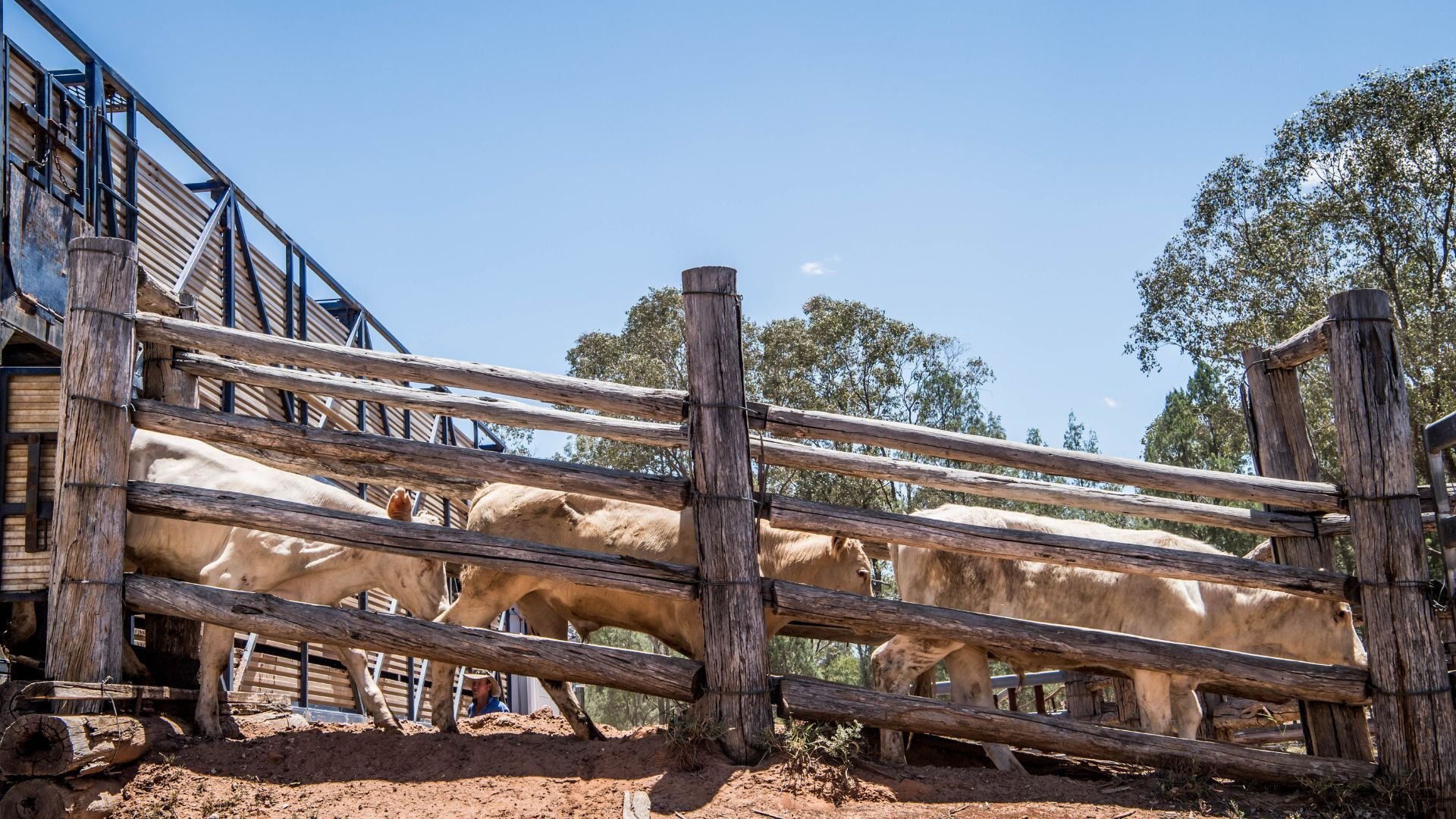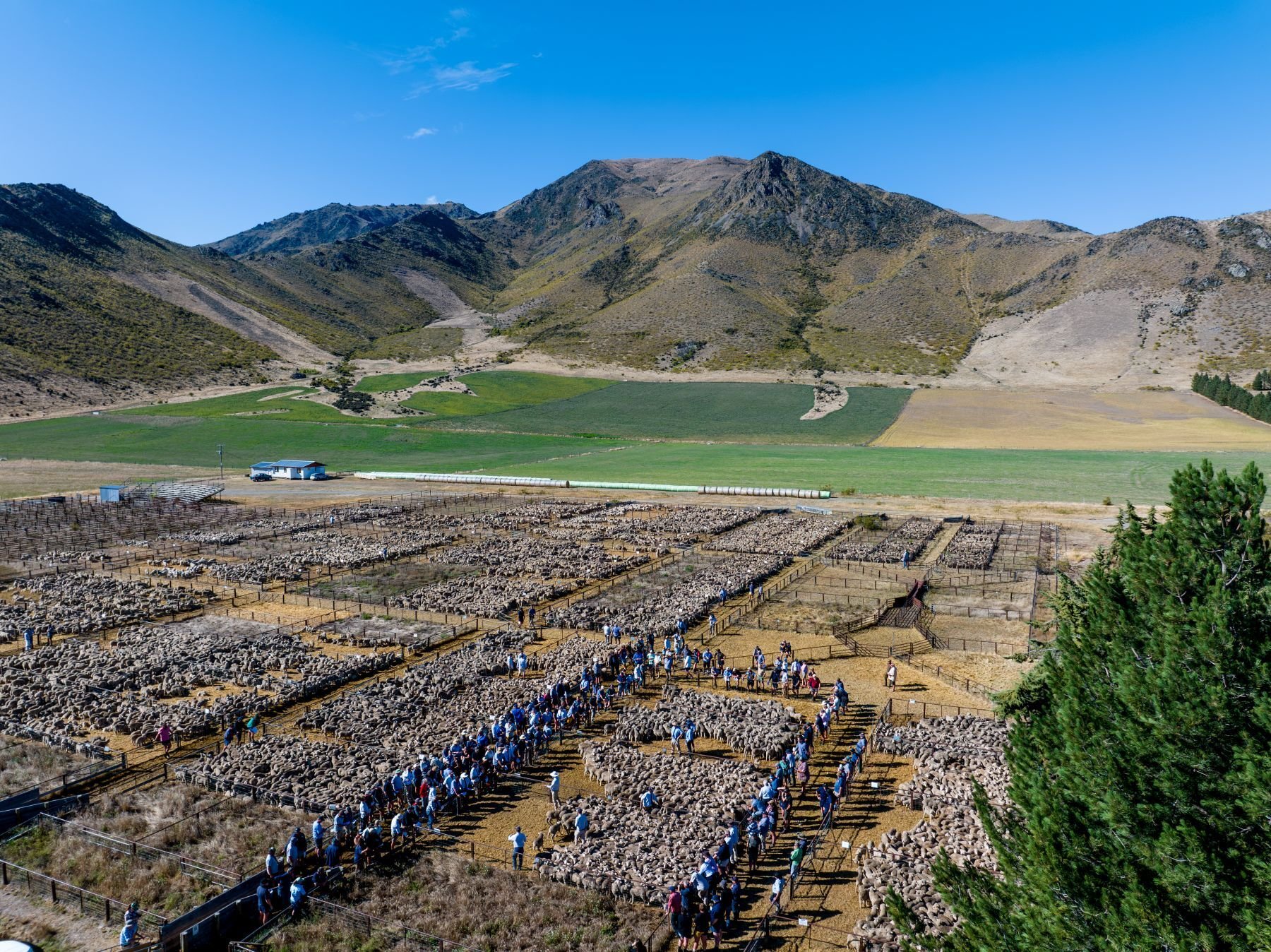
Red meat factors to watch into 2026
Australia enters 2026 with both the beef and sheepmeat sectors positioned at significant turning points shaped by evolving supply cycles, global...
Read More >
Australia enters 2026 with both the beef and sheepmeat sectors positioned at significant turning points shaped by evolving supply cycles, global...
Read More >.jpg?width=1920&height=1080&name=H%20agrishots%20angus%20cattle%20close%20up%20(26).jpg)
After a tough period marked by uneven seasonal conditions, the outlook for...

After a dry and difficult period in the south, the outlook for grass-fed cattle...

Taking a look at Meat & Livestock Australia reported historic lamb and sheep...

Slaughter volumes across eastern Australia have dropped sharply through June...

After a tougher trend from February to April, Australia’s beef processing...

As we have entered winter the Meat & Livestock Australia (MLA) Heavy Lamb...
Catch up on the latest ag news
Alex McLaughlin: Dec 19, 2025
Natasha Lobban: Dec 12, 2025
Connecting with communities across regional and rural Australia